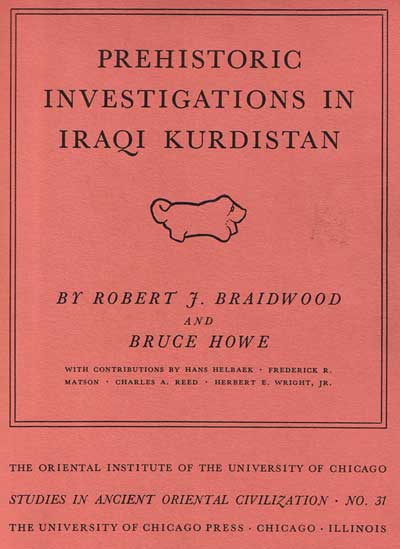
NEOLITHIC OBSIDIAN BLADES
FOUND IN JARMO SITE
IN KURDISTAN
Home †|††DestpÍk††|††Ana Sayfa

This is the story of the first three field campaigns of the 7 years long archeological expedition to Iraqi Kurdistan /Jarmo Project/ in the Kurdish hill country of Tigris & Eufrat (1948-1955)
In the archaeology of the ancient Near East, much attention has recently been devoted to the earliest phases and origins of settled village life. The transition from man's nomadic and food-gathering stage to that of agriculture, animal domestication and sedentary communities has been studied most systematically by a pioneer group of research scholars under the direction of R. J. Braidwood. His explorations of the last decade have been reported upon in various preliminary articles. Even before the present volume appeared, the basic contribution and the stimulating influence of the Braidwood school were evident in archaeological literature and field-work. The volume under review deals with the aims, methods, preliminary results and problems of three campaigns in Iraqi Kurdistan (1948, 1950-51, 1954-55). It does not offer a final excavation or exploration report, since some of the materials have not yet been studied in detail; but it contains a valuable series of essays about special aspects of the project which was undertaken as a first major attempt to identify the earliest village-materials and their immediate predecessors (see OIP 105,†ed.). The archaeological and general chapters to the book are the work of R. J. Braidwood and Bruce Howe. They explain the scene and progress of the field-work; they give a survey of the sites excavated and the materials collected (chapters I-V). The middle part of the book consists of contributions by the scientists who took an essential part in the field research: F. R. Matson writes on ceramic analysis and carbon 14 dating; H. E. Wright Jr. on climate and prehistoric man in the Eastern Mediterranean (a comparative study concerned with the entire Levant); H. Helbaek on the palaeo-ethnobotany of the Near East and Europe (an excellent chapter, most informative for the archaeologist in search of specific statements and analyses of early "agricultural" materials); and Charles A. Reed on animal domestication in the prehistoric Near East (again very instructive, often with an element of reproach directed to field archaeologists who neglected to recognize or salvage zoological evidence in their excavations). The concluding chapters review the results in a more general setting so far as they can be defined in chronological, "environmental" and general cultural terms and periods. [From a review by Machteld J. Mellink in the†American Journal of Archaeology†65 (1961) 195-96].
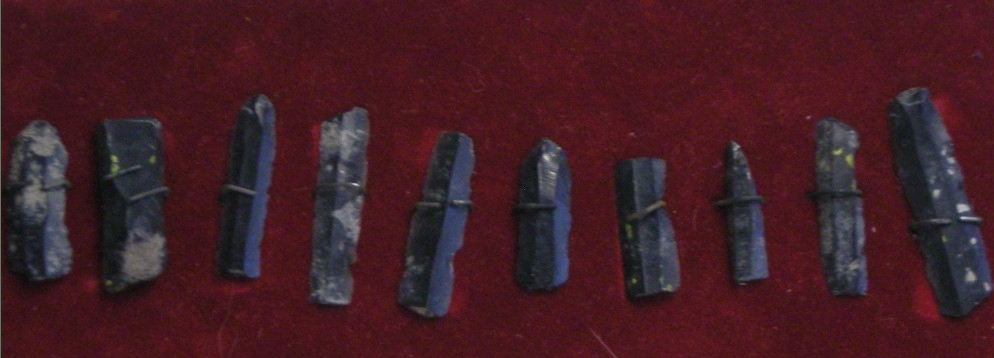
OBSIDIAN NEOLITHIC BLADES c7000 B.C. JARMO/SOUTHERN KURDISTAN ("Iraq")
NEOLITHIC BLADES OF OBSIDANE
Circa 7000 BC
JARMO SITE IN THE SOUTHERN KURDISH MOUNTAINS
IN MESOPOTAMIA (Kurdistan).
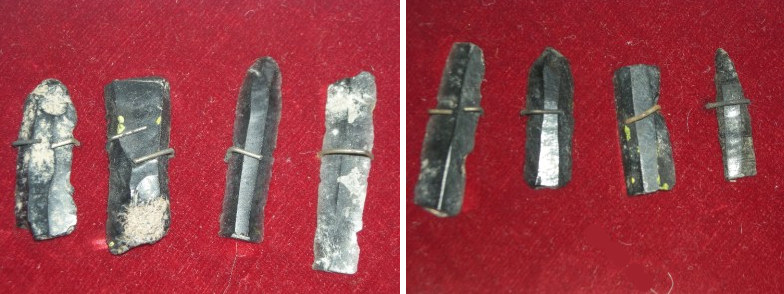
These small blades were fitted into wood or
bons making a sharp cutting edge. The original
institute expedition - University of Chicago
1951 - 1959
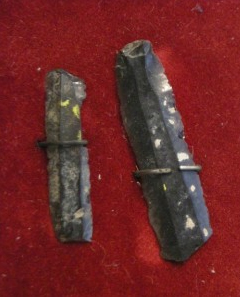
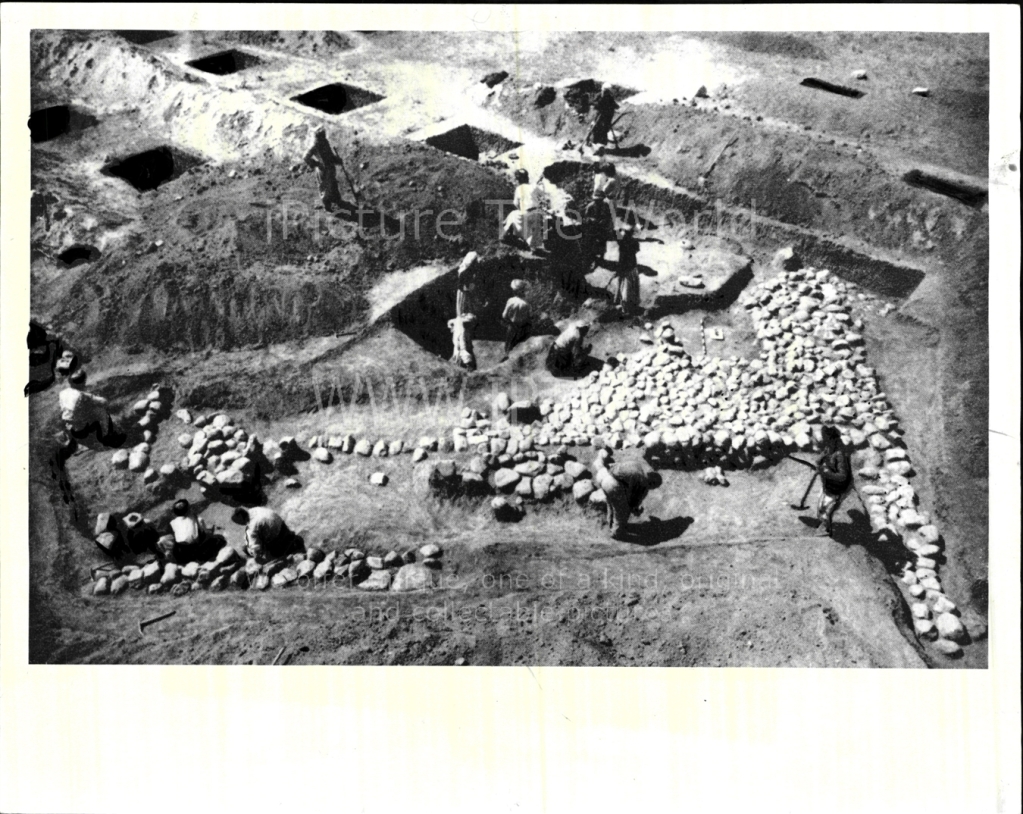
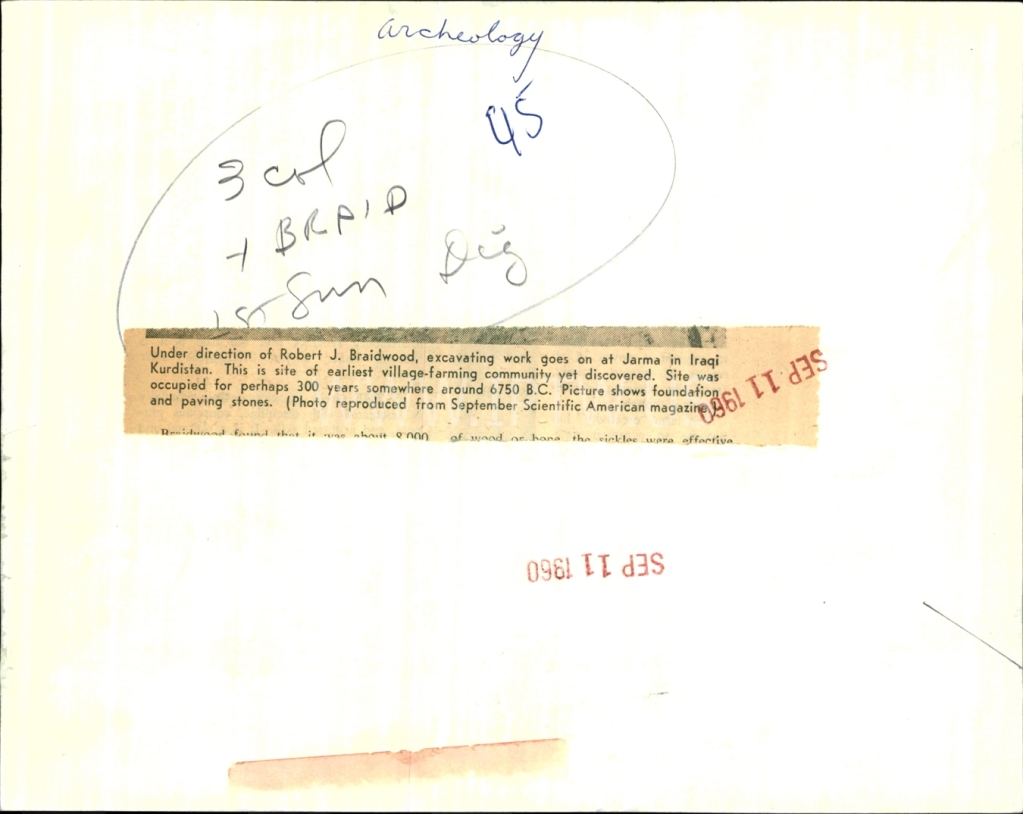
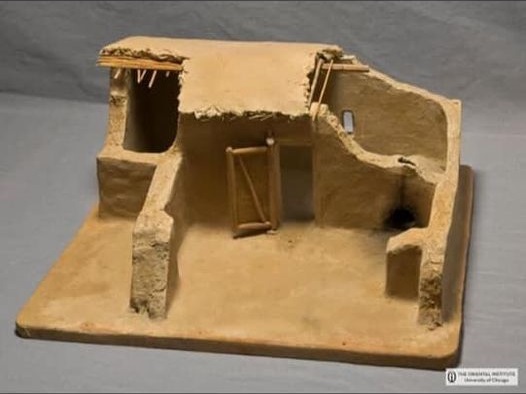
Güney Kürdistan'da kürd şehirleri Kerkük ve Çemçemal arasında bulunan Cermo (Jarmo) tarihi evinin ölçekli modeli -
Dokuz bin yıllık (9000) bir tarım köyü olan bu tarih öncesi ilk köy evleri
tauf' olarak bilinen, el yapımı kalıplı killi çamurlardan duvarlarla inşa edilmiş 25 ev vardı.
Duvarlar nehirden gelen kireçtaşı taşlarından yapılmış taş temel üzerine oturtulmuştu.
Bu evlerde kapılar, pencereler ve bacaları olan ankastre benzeri bir fırın vardı.
________________________________________
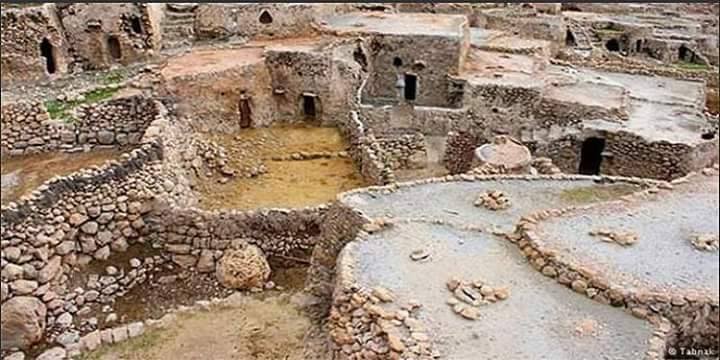
A 7 000 years old village found 04/2016 in Sine, Eastern Kurdistan
Preshistoric Investigation In Iraqi Kurdistan - JAMES BRAIDWOOD

Foundation For Kurdish Library & Museum